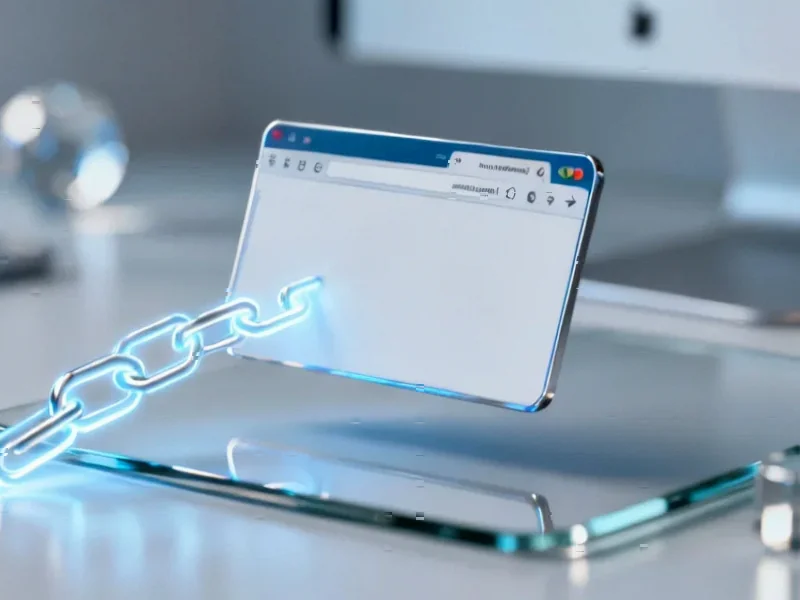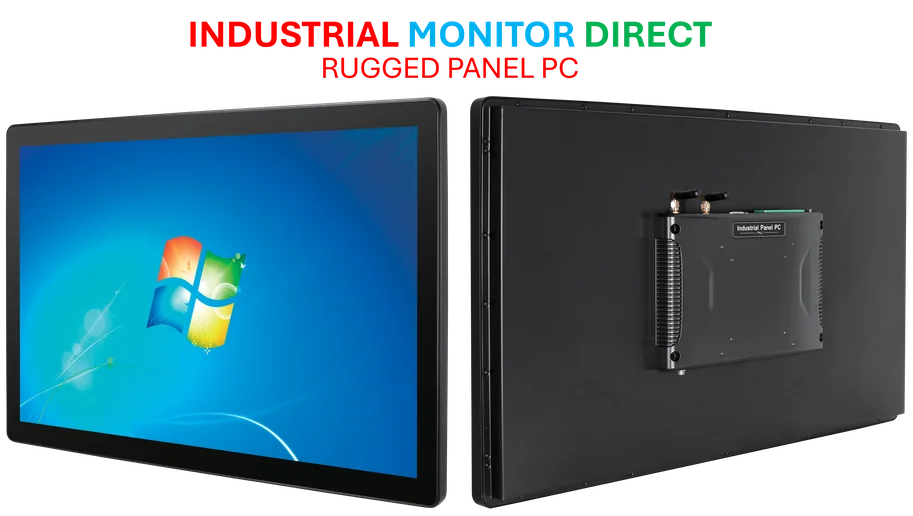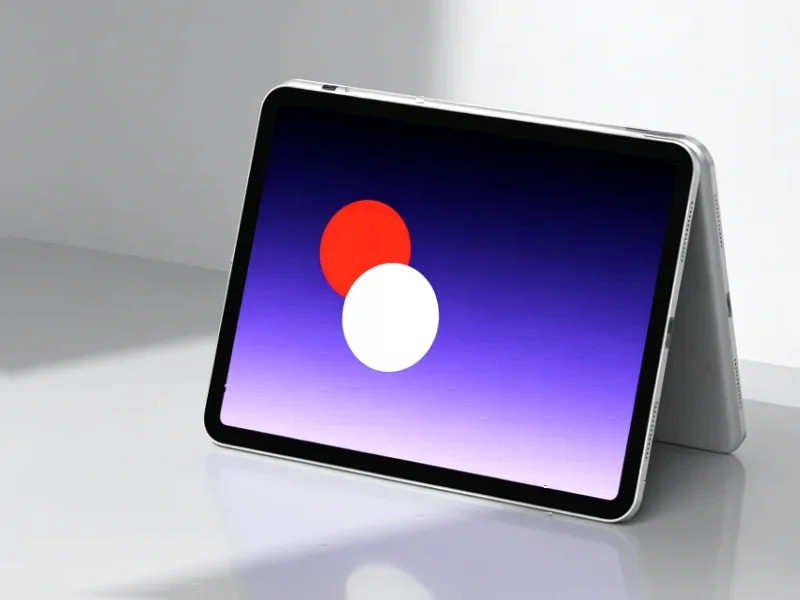According to Android Authority, Google has rolled out a significant UI refresh for Quick Share on Windows with version 1.0.2351.1, featuring an Expressive-style settings menu that groups settings into boxes with dividing lines between individual entries. The redesign, spotted by colleague Mishaal Rahman, simplifies the sharing section with a new header asking “who can share with you” and represents Google’s continued effort to unify the cross-platform file sharing experience. However, the rollout appears staggered, as some users running the same version haven’t received the updated interface yet. This Windows refresh follows several months after Google overhauled Quick Share for Android, though notably the Windows version doesn’t adopt the tabbed send/receive approach seen on mobile. The timing and nature of these changes suggest Google is methodically building toward something much larger.
The Cross-Platform Imperative
What Google is executing here represents a fundamental shift in platform strategy that directly challenges Apple’s walled-garden approach. While Apple has perfected ecosystem integration within its own hardware universe, Google is pursuing a more ambitious path: creating seamless experiences across competing platforms. The Quick Share redesign for Windows isn’t just about making file transfer prettier—it’s about making Android devices more valuable by improving their interoperability with the dominant desktop operating system. This strategy acknowledges that most Android users also use Windows PCs, and enhancing that connection creates stickiness that benefits Google’s broader ecosystem. The gradual rollout approach suggests Google is testing and refining this cross-platform experience carefully before broader deployment.
The Real Battle: Ecosystem vs Ecosystem
This move should be understood in the context of the ongoing platform wars, where the real competition isn’t just Android vs iOS or Windows vs macOS, but Google’s ecosystem vs Apple’s ecosystem. By strengthening the Android-Windows connection, Google is effectively creating an alternative to Apple’s tightly integrated but closed system. For users who prefer Android phones but need Windows for work or gaming, improved Quick Share functionality makes the Google ecosystem more compelling without requiring them to abandon their preferred platforms. This is particularly strategic given Microsoft’s own struggles in mobile—Google is essentially filling the void that Microsoft left when Windows Phone failed, creating a de facto Google-Windows alliance against Apple’s vertical integration.
Where This Is Headed: Deeper Integration
The current Quick Share improvements are likely just the beginning. Looking 12-24 months out, we should expect to see much deeper Android-Windows integration that goes beyond simple file sharing. Google will likely leverage its growing partnership with Microsoft to enable features like seamless notification syncing, cross-platform clipboard sharing, and potentially even running Android apps directly on Windows—similar to what Apple has achieved with its Continuity features between macOS and iOS. The fact that Google is investing in Windows app design language consistency suggests they’re preparing for a much more integrated future where the boundaries between Android and Windows become increasingly blurred. This could eventually include deeper integration with Windows’ native sharing features and potentially even system-level Quick Share functionality.
Strategic Implications for the Industry
This development puts pressure on multiple fronts. For Apple, it represents a challenge to their ecosystem advantage—if Android and Windows can achieve similar seamlessness, one of Apple’s key selling points becomes less distinctive. For Microsoft, it creates an interesting dynamic where they’re simultaneously competing with Google in some areas (cloud services, productivity apps) while potentially benefiting from closer integration in others. For consumers, this represents a welcome trend toward platform-agnostic experiences that prioritize functionality over ecosystem lock-in. The success of this strategy will depend on execution—if Google can make Android-Windows integration genuinely seamless and reliable, it could significantly shift the competitive landscape in mobile computing.
The Execution Challenge
While the strategic direction is clear, Google faces significant implementation challenges. The staggered rollout mentioned in the report highlights the difficulty of maintaining consistency across different platforms and update cycles. Unlike Apple, which controls both hardware and software for its ecosystem, Google must coordinate with Microsoft, PC manufacturers, and the fragmented Android ecosystem. This complexity often results in inconsistent user experiences and delayed feature availability. Additionally, Google will need to balance feature parity with platform-specific optimizations—what works well on Android may not translate perfectly to Windows. The success of this cross-platform push will depend heavily on Google’s ability to overcome these coordination challenges and deliver a consistently excellent experience across all supported devices.




